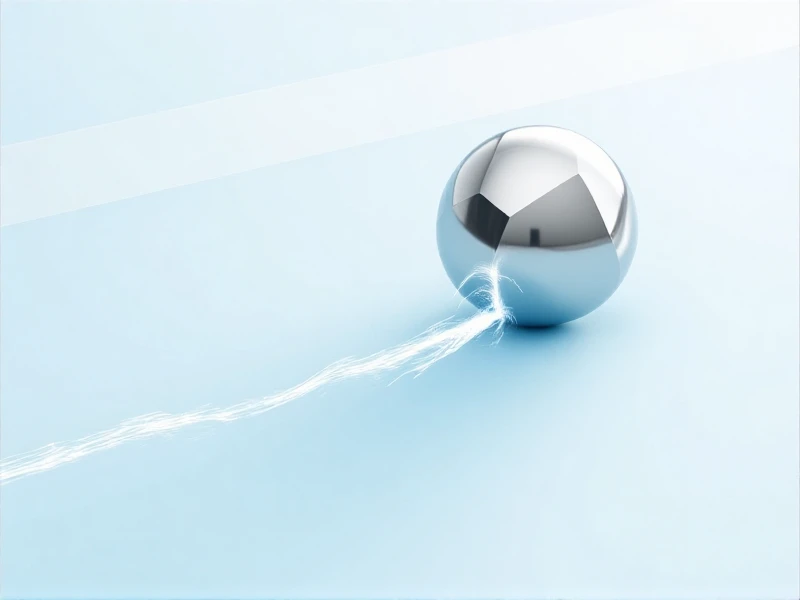
The Art of the Glide: Unleashing Effortless Movement in Nature and Beyond
Gliding represents one of nature’s most elegant modes of movement. From eagles soaring over mountain ridges to ice skaters slicing across frozen ponds, mastering the glide delivers efficiency, grace, and freedom. This article explores how glide physics transforms motion into poetry—and how humans replicate it.
Why Glide Mechanics Matter in Nature
Animals harness glide principles for survival. Albatrosses travel thousands of miles with minimal flapping by catching ocean wind currents. Fish like manta rays use hydrodynamic lift to drift through coral reefs. Even insects such as ants exhibit micro-gliding when falling, adjusting posture to steer safely. Each relies on aerodynamic/fluidic forces to minimize energy expenditure. Physicists call this "drag-reduction strategy," where streamlined shapes convert momentum into sustained travel. Researchers study these adaptations to innovate sustainable travel.
Human Innovations Inspired by Glide
Human engineering mirrors biomimicry. Wing suits let adventurers descend mountainsides with bird-like fluidity, slicing air resistance via fabric membranes. In water, Olympic swimmers perfect underwater dolphin kicks—propelling bodies waves with near-frictionless motion. Engineers optimize commuter vehicles using similar profiles; cars and jets refine curves to improve fuel efficiency. Glide dynamics even influence digital designs. Mobile apps deploy "swipe-to-glide" animations for intuitive navigation. Recognizable as UX/UI fluidity.
Everyday Techniques to Optimize Your Glide
Whether you’re skiing or cycling, applying glide science heightens performance:
- Posture Alignment: Streamline limbs to reduce turbulence (e.g., straight back while skateboarding).
- Surface Lubrication: Wax skis or apply hydrophobic coatings for smooth travel.
- Breath Control: Coordinate inhalation/exhalation during skydiving or yoga transitions to maintain momentum.
From dancers executing pirouettes to drones navigating wind corridors, fluid motion remains pivotal. The aim? More output with less input.
Glide transcends physics—it’s a lifestyle philosophy. Conserving motion through thoughtful design reconnects us to nature’s intelligence while saving resources. Next time you marvel at leaves swirling mid-air or surfers riding waves without paddling, reflect: true progress feels weightless.